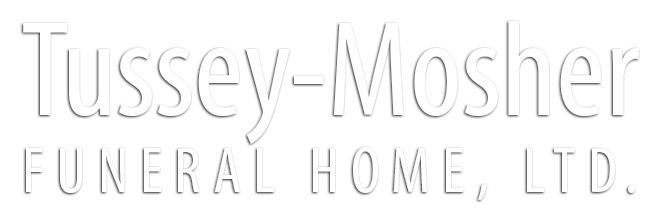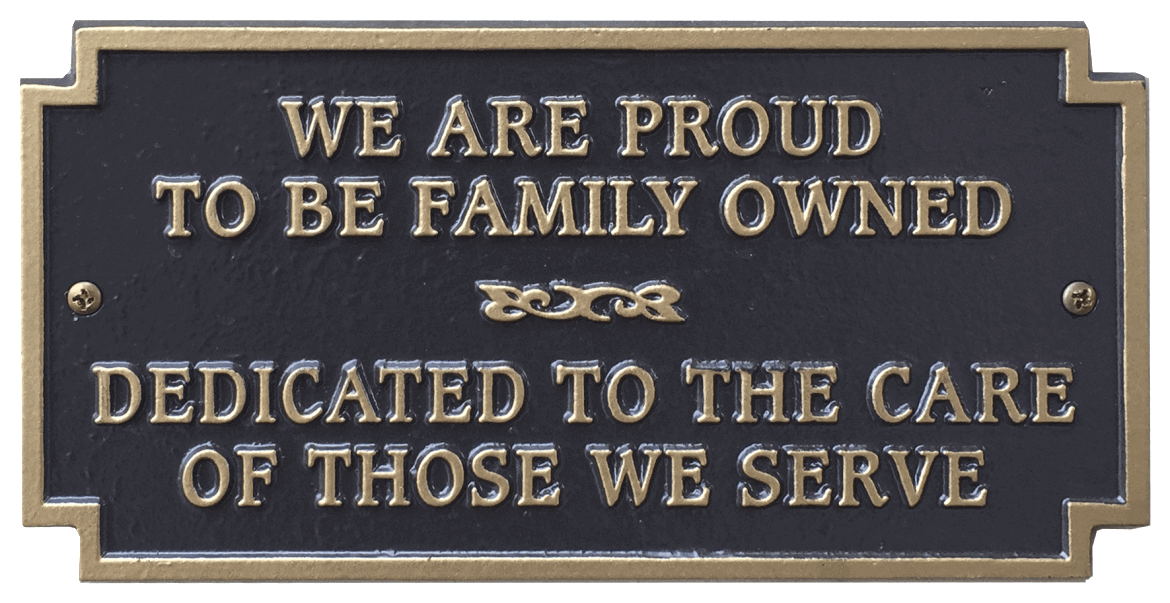Frequent Questions
Frequent Questions
Click on the questions below to reveal each respective answer.
-
What services do funeral directors perform?
The funeral director's job is to help people who have lost a loved one in different ways as they go through their grief. A funeral director arranges for the cremation, burial, and memorial events for the deceased and also helps the living deal with their grief and offer comfort. He plans the funeral, runs the funeral, helps with the funeral, and embalms the body.
The tasks below are not all of a funeral director's responsibilities, but they cover many of the most important ones:
- Moving the body from where they died to the funeral home and back again; professional care for the dead, such as cleaning, casketing, and hair and makeup;
- Making plans for the funeral service by talking to family
- Certificates, permits, and other forms that need to be filled out
- Getting duplicates of the death record
- Making plans with the graveyard, crematorium, or other places where the body will be buried
- Makes the eulogy and gets it published.
- Plans for the clergy, music, flowers, transportation, pallbearers, and any other special military or fraternal events
- in charge of the funeral service and the funeral procession
- Helps the family with claims connected to the death, such as Social Security, VA insurance, and grief counseling
-
Why are funerals so expensive?
When it comes to traditional funerals, the overall cost is increased because to the numerous services that are included in the package. In addition to a non-declinable basic services fee, there may be other charges such as the removal and transfer of the body to the funeral home, embalming, additional preparation of the body, use of facilities and staff for viewing, use of facilities and staff for the funeral ceremony, use of a hearse, service car, or van, a basic memorial printed package, a metal casket, a vault or grave liner, and the purchase of a cemetery plot.
-
What is the purpose of a funeral?
The living are given the chance to demonstrate their reverence for the deceased and honor their life through a funeral or memorial service. It offers a framework that allows us to express our views, feelings, and thoughts regarding the death of our loved one in a way that is both open and uninhibited. It grants us the freedom to mourn our loss, to participate in a shared sense of solidarity, and to draw strength from other people who are also going through the same loss.
-
What are the choices for funeral services?
The four main types of funeral services include the traditional funeral service, the memorial service, the committal service, and the affirmation or celebration of life service.
-
Can you still have a funeral if you choose cremation?
Yes, the body is simply taken care of through either cremation or burial. Regardless of how your loved one felt before they passed away, funeral services should be held to pay tribute to them and to keep their memory alive.
-
Can I plan in advance if I choose cremation?
It is possible to make arrangements for funeral services in advance, regardless of what the final disposition is going to be. Pre-arranging is nothing more than documenting your wishes with the funeral home and prefunding if you so choose.
-
What information should I bring to the arrangement conference?
- Advance Directives - If the deceased left any written advance directives concerning the disposition of his remains and memorialization, you need to bring them with you. These instructions may be found in a will, or there may be a formally witnessed disposition directive, funeral pre-arrangements, or a pre-need contract.
- Military Discharge Papers
- Details on any cemetery property owned by the deceased or the family (grave plot, columbarium space, etc.)
- Recent photograph of the deceased and any personal effects that you wish to be included in the viewing or burial
- Specific information on the deceased:
- Full legal name
- Address
- Marital status
- Social Security number
- Date of birth
- Place of birth (city and state)
- Educational history (number of years of schooling)
- Armed Forces service dates and serial number
- Occupation or profession
- Parent's names, including mother's maiden name
- Next of kin and other survivors

